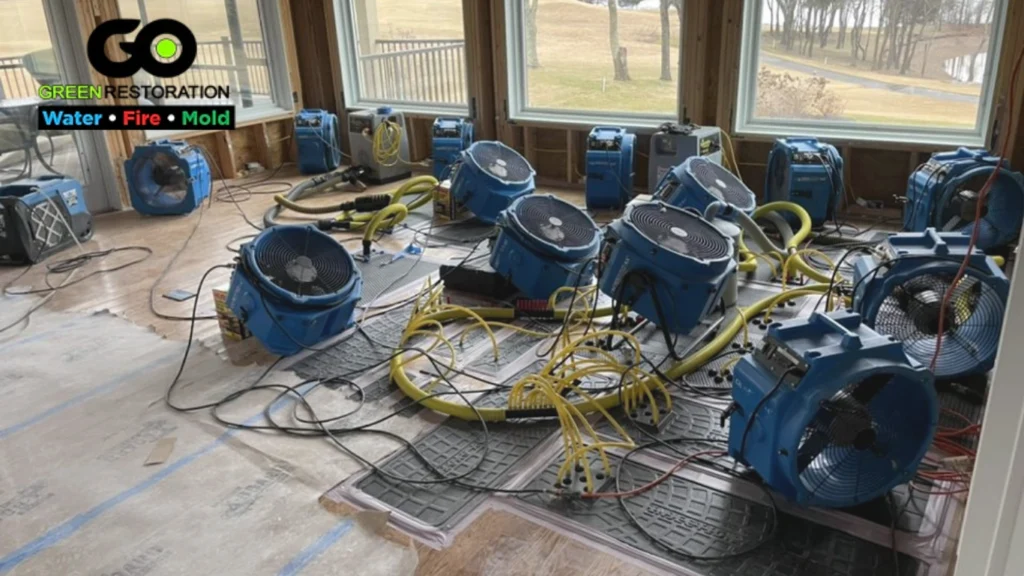Before the development of modern technology, civilizations relied on basic tools and manual labor to combat water intrusion. Early societies used rudimentary methods like digging trenches, absorbing water with cloth, and manually bailing out flooded areas using clay pots or wooden buckets. In regions prone to seasonal flooding, communities built elevated structures to minimize the risk of standing water. Without advanced drying techniques, moisture often lingered, causing extensive property deterioration. These early water extraction techniques laid the groundwork for more sophisticated solutions in water damage restoration today.
The Industrial Revolution and the Birth of Water Extraction Equipment
As urbanization expanded, so did the need for faster and more efficient water removal strategies. The introduction of hand-operated pumps in the 19th century allowed homeowners and businesses to remove large volumes of water with greater ease. Innovations in plumbing and drainage systems also helped mitigate the risks of water accumulation. By the early 20th century, motorized pumps and vacuum technology revolutionized water damage restoration by expediting extraction processes and minimizing the long-term effects of excess moisture.
How Early Techniques Shaped Modern Water Removal
The lessons learned from primitive extraction methods have influenced today’s advanced restoration processes. Modern water damage restoration professionals use high-powered submersible pumps, truck-mounted vacuums, and moisture meters to identify and remove water quickly. The use of industrial dehumidifiers and thermal imaging cameras ensures that no hidden moisture pockets remain, reducing the risk of mold growth and structural weakening. These advancements reflect a direct evolution from early water removal strategies, demonstrating how past innovations continue to shape the industry.
Future Innovations in Water Damage Restoration
With technology advancing rapidly, the future of water damage restoration is focused on automation and sustainability. AI-driven water detection systems now alert property owners to leaks before they escalate, and smart dehumidifiers optimize airflow to speed up the drying process. The development of eco-friendly antimicrobial treatments also helps prevent contamination without harming the environment. By understanding the challenges faced by earlier generations, modern restoration experts continue to refine water extraction techniques, ensuring faster, more effective recovery solutions.
Learn more:
How Ancient Civilizations Managed Water Damage and Flood Recovery
The History of Water Damage Cleanup: Lessons from the Past

